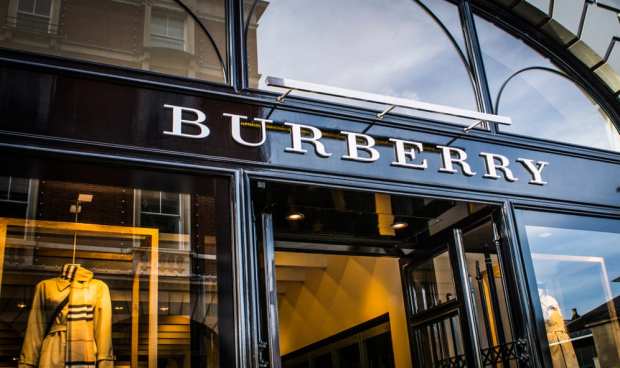Burberry’s Better-Than-Expected Rebound Spurs Confidence In Luxury Retail Sector

A short but optimistic 100-word “unscheduled trading update” issued by British designer and retailer Burberry on Friday (March 12) gave a lift to the company, as well as the broader luxury segment.
Coming a full two months ahead of the planned release of its fourth quarter and full-year earnings results slated for mid-May, the famed maker of $2,500 trench coats and signature plaids said it had continued to see a strong rebound, and now expects revenue and profits to be better than previously expected.
“Comparable store retail sales [for the three months ending March 27] are expected to be in the range of +28 percent to +32 percent higher than the same period last year,” the company’s terse but torrid update said, noting that its full-year revenues would only be down 10 to 11 percent.
Luxury Loves It
The positive announcement from the Burberry Group follows similarly strong results and commentary from rivals, as well as a general quickening of demand for high-end products worldwide, especially in China.
“Along with Prada’s positive current trading comments earlier this week, today’s Burberry announcement is further confirmation of supportive trends in Jan-March ’21, which is likely to read positively for the wider sector,” analysts at RBC Capital wrote in a research note to clients on Friday.
Shares of Burberry extended a 20 percent year-to-date gain on the news, and the announcement also saw positive reactions from other major players in the global luxury category, including LVMH, Gucci owner Kering, Richemont’s Cartier and French luxury design house and retailer Hermès, which reported its results last month.
“[For Hermès] to record only a 6 percent drop in sales after the most horrible year for the luxury industry ever was an outstanding result,” Bernstein Analyst Luca Solca said on Feb. 19. noting the company’s unique cross-border appeal and long wait times its customers are willing to endure to buy some of its iconic products. Hermès credited its direct-to-consumer (D2C) business and four dozen retail stores in China for generating half of the company’s revenue, with Asian sales — excluding Japan — rising 43 percent.
Luxury retailers like Nordstrom and Saks Fifth Avenue are undergoing major initiatives in the D2C space, with the former pursuing a digital-first strategy and the latter announcing earlier this month that it is spinning off its Saks.com division as a separate standalone business from its 40 brick-and-mortar stores.
High-End Jump vs. Low-End Bump
While travel and health restrictions have crimped affluent luxury shoppers more than income restraints over the the past year, the opposite end of the retail spectrum is currently benefiting from its own form of assistance: stimulus checks. With the third round of $1,400 federal payments set to start going out this week to 85 percent of U.S. households, the more mainstream portion of the retailing universe is set to capture a large portion of the proceeds.
According to PYMNTS research, one-third — or approximately $20,000 — of annual U.S. consumer spending of roughly $62,000 will be spent on retail purchases, both in stores and online.
